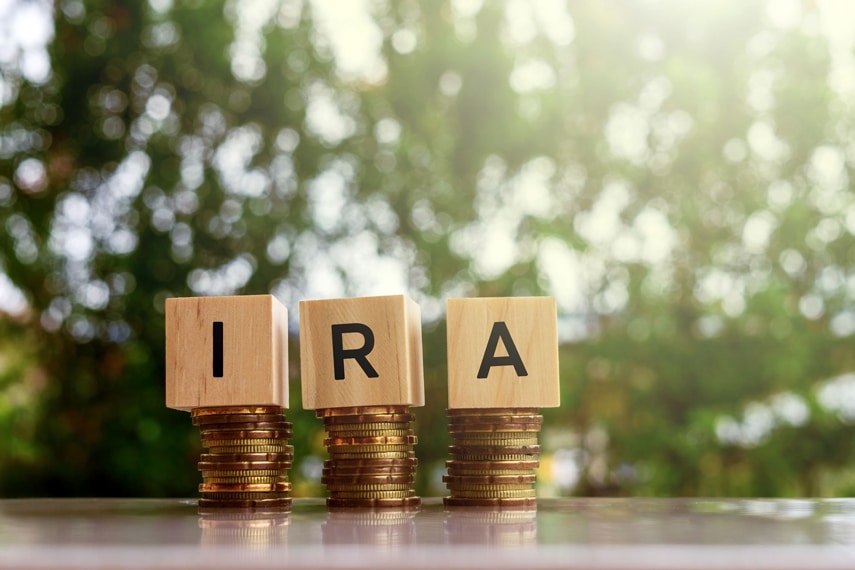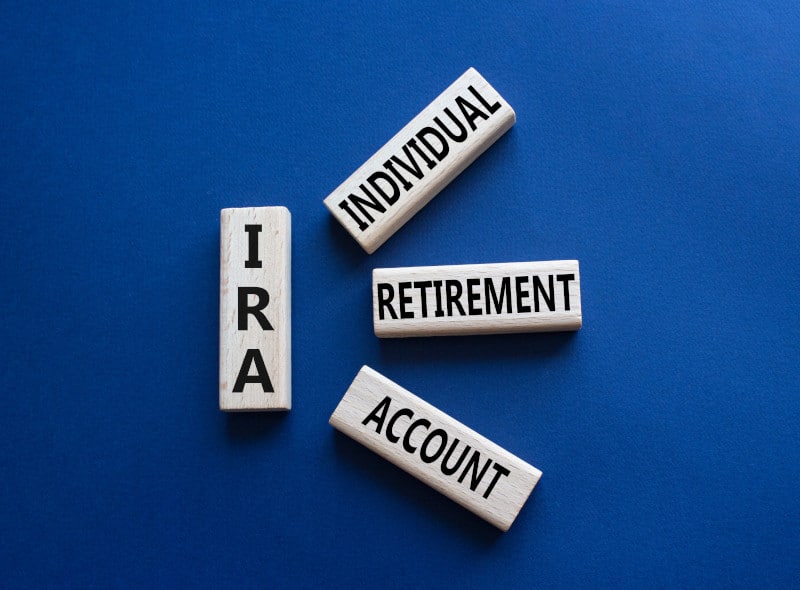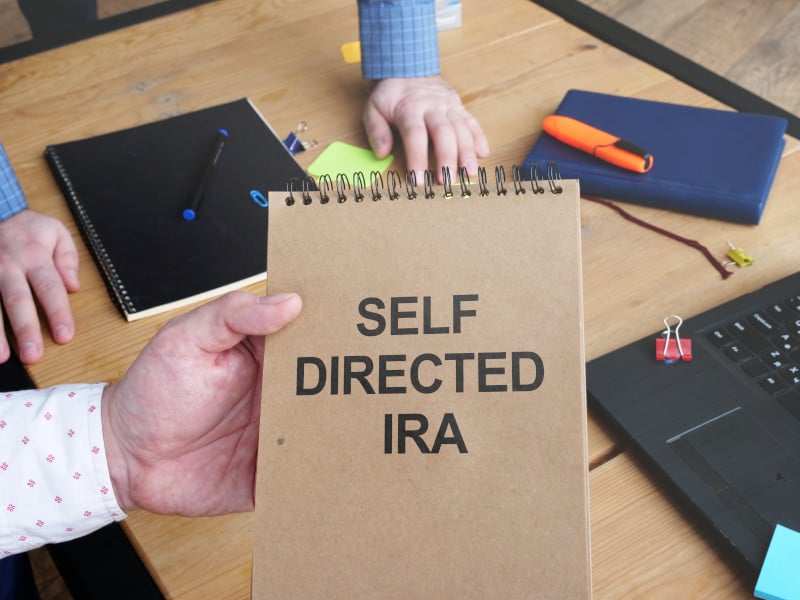3 Easy Steps to Roll Over Your TSP Into an IRA
Over 70 million Americans today have 401(k) accounts, making them one of the most popular types of retirement accounts Federal employees don’t have 401(k) accounts, but instead have the Thrift...
Precious Metals

Are you struggling with how to save money for retirement? If so, starting an IRA could be one useful tool to help you build up your retirement savings. Whether you have 10, 20, 30 or more years left until you plan on retiring and enjoying your golden years, it is never too soon (or too late) to start contributing to an IRA.

An individual retirement account or arrangement (IRA) is a type of tax-advantaged account that is intended to help people save money for retirement. IRAs were established in 1974, and have grown to become one of the biggest sources of retirement income for millions of Americans.

There is no one size fits all when it comes to IRA accounts, because there are different types to choose from. One of the biggest choices you’ll have to make is whether to purchase an IRA with pre-tax or post-tax dollars.
A Traditional IRA is what most people think of when it comes to IRAs. These IRAs hold pre-tax dollars, earnings accrue tax-free, and taxes are only paid when you take a distribution.
Any distributions before age 59½ can incur penalties in addition to taxes. Required minimum distributions (RMDs) from a Traditional IRA start at age 73.
If your income doesn’t exceed certain limits, your contributions to a Traditional IRA may be able to be deducted from your taxes.
Roth IRAs are a more recent creation, and hold post-tax dollars. Your Roth IRA earnings also accrue tax-free, and you pay no taxes on qualified distributions.
Contributions to Roth IRAs can normally be withdrawn without taxes and penalties, subject to the 5-year holding requirement. And unlike with Traditional IRAs, there are no RMDs for Roth IRA accounts.
One of the drawbacks to Roth IRAs is that those households with higher incomes may not be able to contribute to a Roth IRA, as there are income limits for Roth IRA contributions. For 2024, any single filer making more than $161,000, or married couple making more than $240,000, may not contribute to a Roth IRA.

There are other types of IRAs too, with some of them being subsets of Traditional and Roth IRAs.
Among the most important to mention are SIMPLE and SEP IRAs, which are intended for small businesses and self-employed people and which operate more like a 401(k) than an IRA. There are specific rules for contributions, rollovers, etc. that are specific to these two types of IRAs.
Then you have rollover IRAs, which is a term for an IRA created by rolling over or transferring funds from one retirement account into an IRA. For instance, if you decided to roll over $50,000 from your 401(k) into a new IRA account, that new account would be considered a rollover IRA.
That rollover IRA could be either Traditional or Roth, and the usual annual contribution limits would not apply to that rollover.
Finally you have self-directed IRAs, which are IRAs in which you as the IRA owner are in complete control of your IRA and determine what types of assets you want to hold. Self-directed IRAs offer a greater variety of options than conventional IRAs, including real estate, private equity, and precious metals like gold and silver.

There are numerous benefits to starting an IRA account, but two in particular stand out.
An IRA can help serve as a safety net for those without access to employer-sponsored plans like 401(k)s, offering flexibility and control over your retirement savings. Even for those with a 401(k), an IRA can offer significantly more options.
Whether you choose a Traditional IRA or a Roth IRA, IRAs can provide you with significant tax benefits. Plus, you can begin taking penalty-free distributions at age 59½, helping to maintain income stability during retirement.
Starting an IRA doesn’t have to be difficult. People start IRAs every single day. And you can start an IRA in just three easy steps.

More and more people today are looking to protect their financial well-being with precious metals like gold and silver. And one way to do that is through a gold IRA.
A gold IRA is a type of self-directed IRA that owns physical gold rather than conventional financial assets like stocks and bonds. Gold IRAs offer all the same tax advantages as conventional IRAs, and you can take your distributions either in cash or in gold.
If you’re looking for ways to protect your hard-earned savings from recession, inflation, or other financial calamity, a gold IRA can be one way to do that. Call Goldco today to learn more about how to start a gold IRA and to explore the opportunities available to you with precious metals.
This article was originally published in April 2019 and was updated in May 2024.

